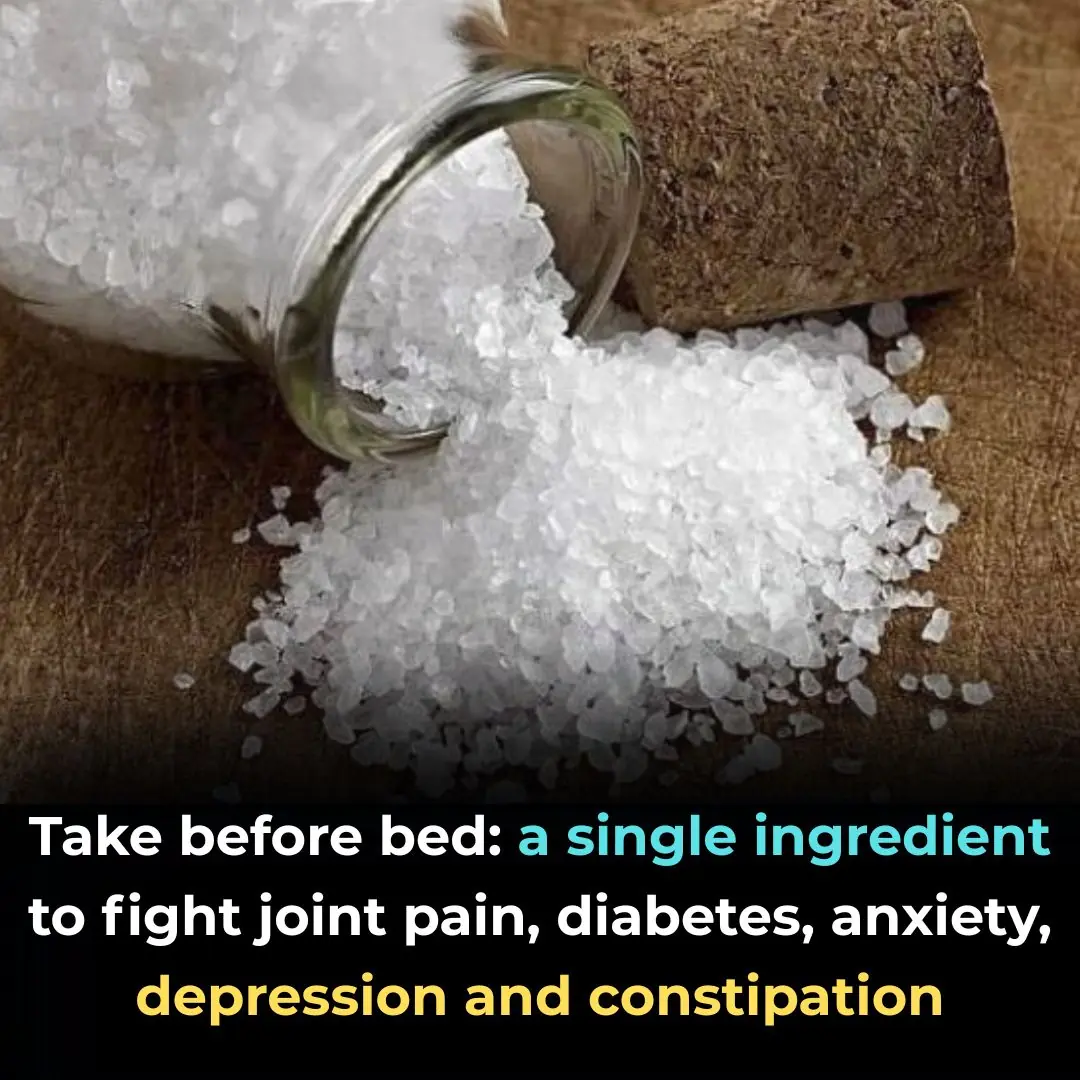
Reverse diabetes and insulin resistance fast—4 hacks doctors don’t tell you!
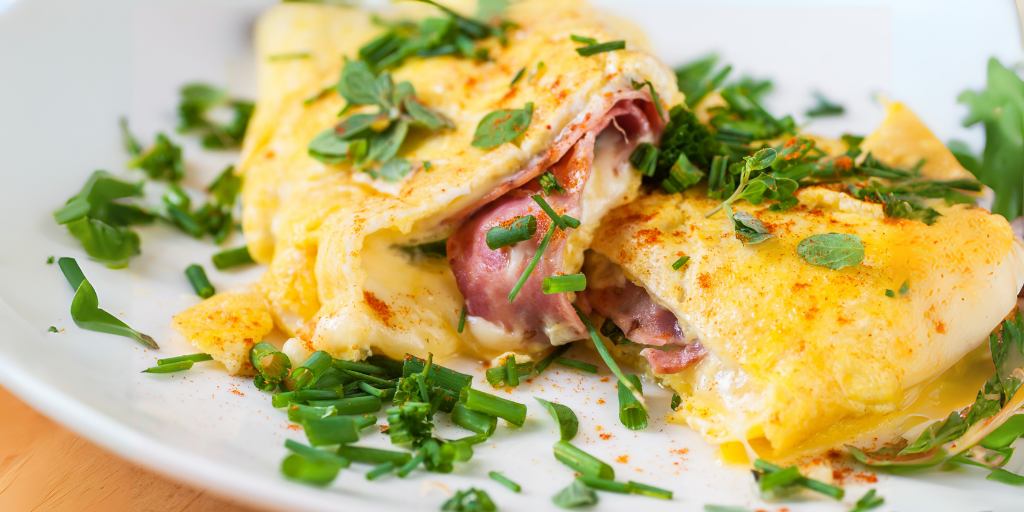
Type 2 diabetes and insulin resistance are huge global issues, touching the lives of hundreds of millions of people. For many, these conditions feel like something permanent — maybe even inevitable or genetic.
But here’s the hopeful truth: they’re not.
Both type 2 diabetes and insulin resistance are largely driven by lifestyle and nutrition — which means they can also be improved, and even reversed, by changing how you eat and live.
This article will walk you through how these conditions develop, what’s happening inside your body, and simple, science-backed strategies that can help bring your blood sugar under control — no extreme diets or deprivation required.
💡 Understanding Diabetes and Insulin Resistance
It’s staggering but true: over one billion people worldwide now live with type 2 diabetes or pre-diabetes — and the number keeps rising every year. Our genetics haven’t changed much in the last few generations, but our environment and eating habits have.
We live in a world full of highly processed, high-sugar, high-starch foods — the kind that constantly push our blood sugar and insulin levels to the limit.
That’s why these conditions aren’t really “genetic diseases.” You’re not born with type 2 diabetes, and you’re certainly not powerless against it. Even identical twin studies show that if one twin develops diabetes, the other often doesn’t — proof that lifestyle, not genes, is the main driver.
And the best news? Dozens of studies now show that type 2 diabetes can go into remission through dietary and lifestyle changes. In other words, medication isn’t the only path forward — your plate is one of the most powerful tools you have.
🔄 Insulin Resistance: The Hidden Driver
Think of insulin resistance as the engine behind type 2 diabetes and pre-diabetes. It’s not a switch that flips overnight — it’s more like a dimmer that gradually turns up over time.
When your body becomes resistant to insulin, your cells stop responding effectively to it. To compensate, your pancreas produces more insulin to keep your blood sugar stable. Eventually, the system becomes overwhelmed, and your blood sugar starts to rise.
This gradual progression — from normal insulin sensitivity to resistance, to pre-diabetes, and finally diabetes — happens over many years. The earlier you recognize it, the easier it is to reverse.
🔬 What Is Insulin, and Why Does It Matter?
Insulin is a hormone produced by the pancreas. Its main job is to move glucose (sugar) from your bloodstream into your cells, where it’s used for energy.
Glucose comes primarily from carbohydrates — foods like bread, pasta, rice, potatoes, fruits, and anything sweet. After you eat, your blood sugar rises. Your body responds by releasing insulin to store that glucose in your muscles, liver, and fat cells.
That’s perfectly normal — until it starts happening all the time.
When your diet is loaded with refined carbs and sugars, you get frequent glucose spikes. These spikes trigger a flood of insulin, over and over again, until your body starts tuning it out — becoming resistant.
A good way to think of it is like overwatering a plant. A little water is essential, but too much drowns it. Likewise, a little glucose is vital, but constant overload is toxic to your cells.
☕ The Coffee Analogy for Insulin Resistance
Imagine when you first started drinking coffee — one cup gave you a jolt of energy. But after a few months, you needed two or three cups to feel the same buzz.
That’s tolerance — and the same thing happens with insulin. When you constantly have high insulin levels, your cells stop “hearing” the signal. So, your body pumps out even more insulin, trying to get the message across.
It becomes a vicious cycle:
-
You eat carbs → blood sugar rises
-
Insulin is released → cells stop responding
-
The body makes more insulin → resistance increases
-
Blood sugar stays high → insulin climbs even higher
Over time, this cycle wears out your pancreas and raises your blood sugar — leading straight to type 2 diabetes.
🩺 How Doctors Diagnose It
Doctors track diabetes by measuring fasting glucose — the amount of sugar in your blood after not eating overnight. The standard categories are:
-
Under 100 mg/dL (5.5 mmol/L): Healthy
-
100–125 mg/dL (5.5–7 mmol/L): Pre-diabetic
-
126 mg/dL (7 mmol/L) or higher: Type 2 diabetes
However, fasting insulin is an even earlier warning sign. Insulin levels can rise years before glucose does, signaling that your body is already becoming resistant. Unfortunately, this test isn’t always routine — but it’s one of the best early markers of metabolic health.
⚠️ Why High Glucose Is So Dangerous
Here’s a mind-blowing fact: a healthy person has roughly one teaspoon of sugar circulating in their entire bloodstream. Someone with diabetes might have one and a half.
That half teaspoon difference may sound tiny — but it’s enough to cause serious damage. Constant high glucose acts like slow-acting acid, harming blood vessels, nerves, and organs.
Over time, it can lead to:
-
Nerve damage (neuropathy)
-
Vision problems (retinopathy)
-
Kidney disease
-
Heart disease and stroke
-
Wounds that don’t heal, leading to amputations
That’s why keeping glucose stable isn’t just about feeling better — it’s about protecting your entire body.
🔎 Catching Insulin Resistance Early
If your fasting insulin or glucose levels are rising — or if you have symptoms like fatigue, cravings, belly fat, or frequent hunger — it’s time to take action.
Conditions linked to insulin resistance include:
-
Type 2 diabetes
-
PCOS (polycystic ovarian syndrome)
-
Fatty liver disease
-
High blood pressure and cholesterol
The goal is to lower insulin levels naturally by reducing how often your body needs to release it. That starts with what — and how — you eat.
🥦 Key Takeaways for Better Blood Sugar
-
Watch Your Carbs
Carbohydrates are the main source of glucose. Limit refined carbs like white bread, pastries, sodas, fruit juices, and sweetened cereals. You don’t have to eliminate carbs — just choose smarter ones like vegetables, beans, and whole grains. -
Prioritize Protein, Fat, and Fiber
These nutrients help keep you full and steady your blood sugar. For example, instead of toast and orange juice for breakfast, try eggs with avocado or Greek yogurt with nuts and berries. -
Eat in the Right Order
Eating fiber and protein before carbs can significantly reduce glucose spikes — a simple but powerful trick validated by clinical studies.
🔟 Simple Hacks to Flatten Your Glucose Curve
You don’t have to overhaul your diet overnight. Start with a few science-backed “glucose hacks” that make a real difference.
A large 2021 study found that applying just four small changes for four weeks helped 41% of participants with diabetes improve their blood sugar.
Try these:
-
🍳 Have a savory breakfast — skip the sugar-loaded cereals and pastries.
-
🥗 Eat a veggie starter — start lunch or dinner with salad or steamed greens.
-
🍋 Add vinegar — 1 tablespoon in water before a meal can lower glucose spikes.
-
🚶♂️ Walk for 10 minutes after one meal per day — it helps your muscles use up glucose.
These are practical, flexible habits — not restrictions. You can still enjoy your favorite carbs; you’re just learning to eat them in a way that’s friendlier to your metabolism.
🌟 Real-Life Success Stories
Thousands of people have used these methods to transform their health — often faster than they expected.
-
Case 1: One individual with type 2 diabetes and celiac disease saw their HbA1c drop from 9.6 to 4.7 in just four months — effectively reversing diabetes. They lost 25 kg (55 lbs) and regained energy and confidence.
-
Case 2: Another person with long-term diabetes used the glucose hacks to reduce post-meal spikes and cut their insulin use. Their mood improved, they felt less irritable, and their energy returned within weeks.
These aren’t rare miracles — they show what’s possible when you work with your body instead of against it.
🌍 A Bigger Picture: Changing Our Food Environment
Type 2 diabetes isn’t just a personal health issue — it’s a symptom of our modern food culture. Ultra-processed foods, sugary drinks, and refined carbs dominate supermarket shelves and marketing campaigns.
To truly reverse the diabetes epidemic, we need both individual action and systemic change:
-
Better education about nutrition and blood sugar
-
Policies that limit junk food advertising to children
-
Easier access to healthy, affordable foods
The more people understand how food affects their body, the more empowered they become to make lasting changes.
💬 Final Thoughts
If you’re living with insulin resistance or type 2 diabetes, remember: you’re not broken, and it’s not permanent.
Small, consistent changes can dramatically improve your blood sugar, energy, and overall health — sometimes in just weeks. You don’t have to count every calorie or cut out everything you love. You just need to understand your body’s signals and respond with care.
It’s about progress, not perfection.
One meal, one walk, one better choice at a time — that’s how real change happens.
You’ve got this. 🌿
News in the same category


The Ultimate Healing Tonic: A Powerful Natural Drink for Swollen Feet, Diabetes & Poor Circulation

If you suffer from arthritis pain and joint aches, here's what you should know

4 powerful remedies to eliminate parasites—#2 will surprise you!

Top 7 peripheral neuropathy creams that actually STOP nerve pain fast!
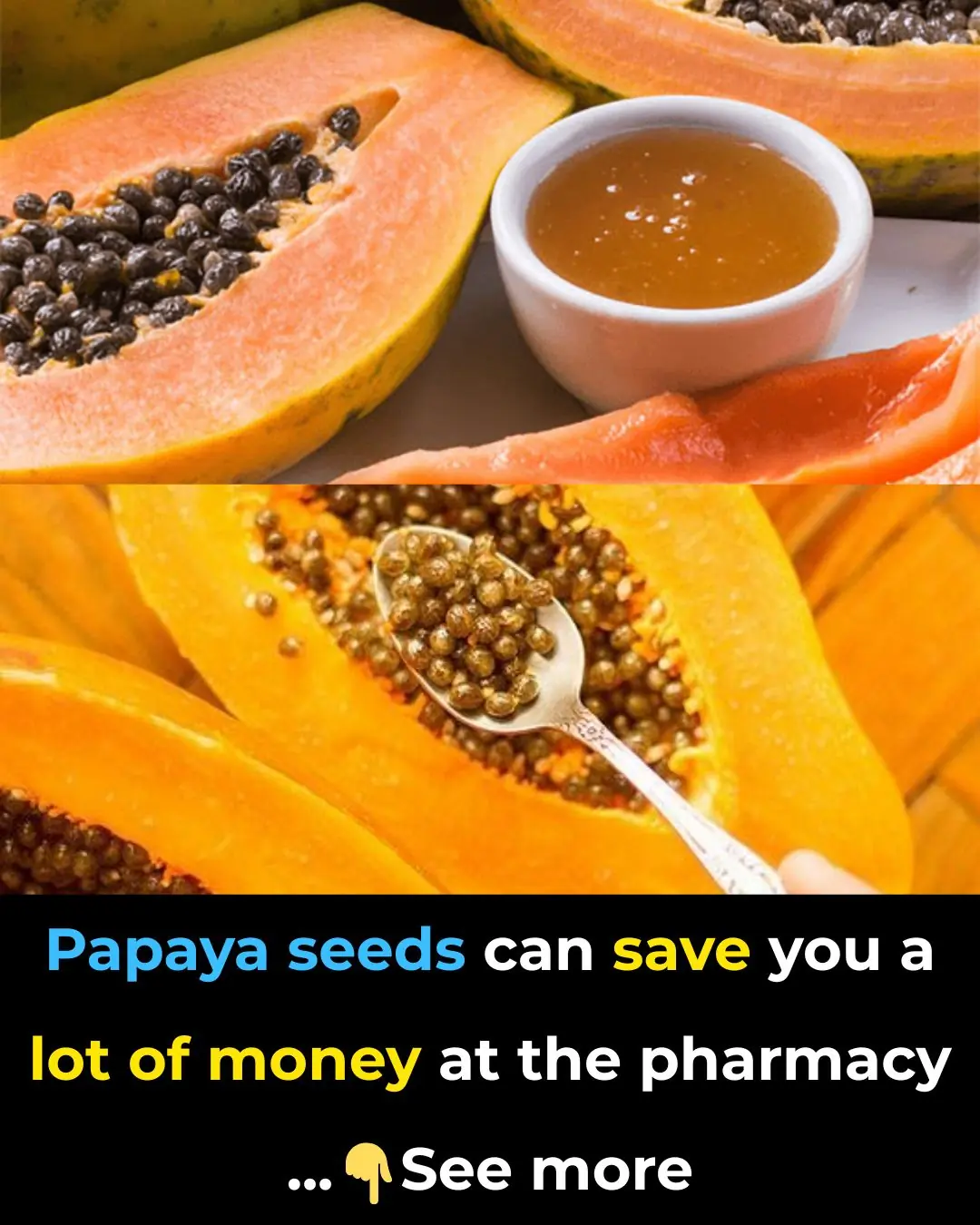
The Real Health Benefits of Papaya Seeds: A Tiny Powerhouse Worth Trying

15 Things That Women Will Always Notice About A Man Over 50
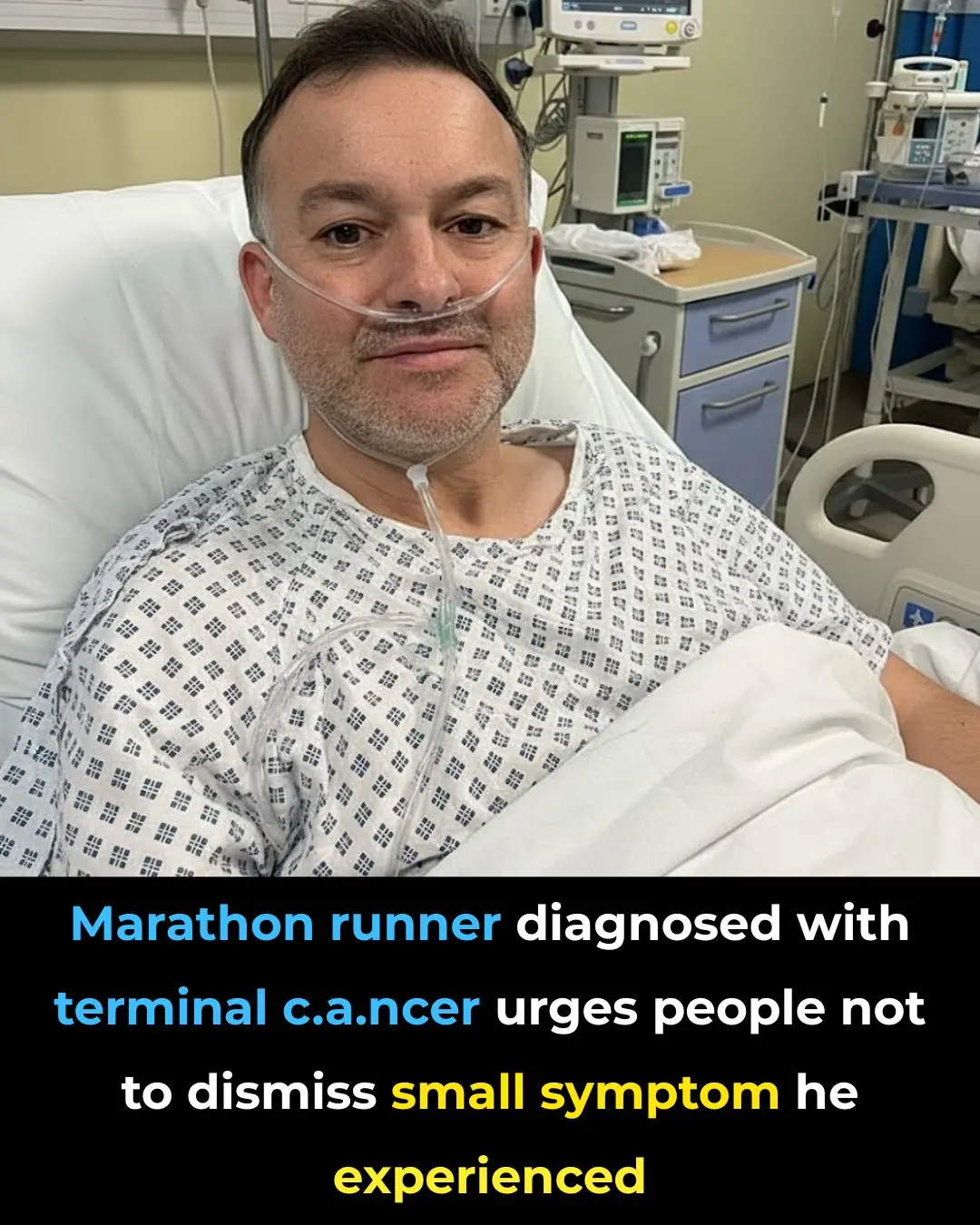
Marathon Runner Diagnosed With Terminal Cancer Warns Against Ignoring Small Symptoms
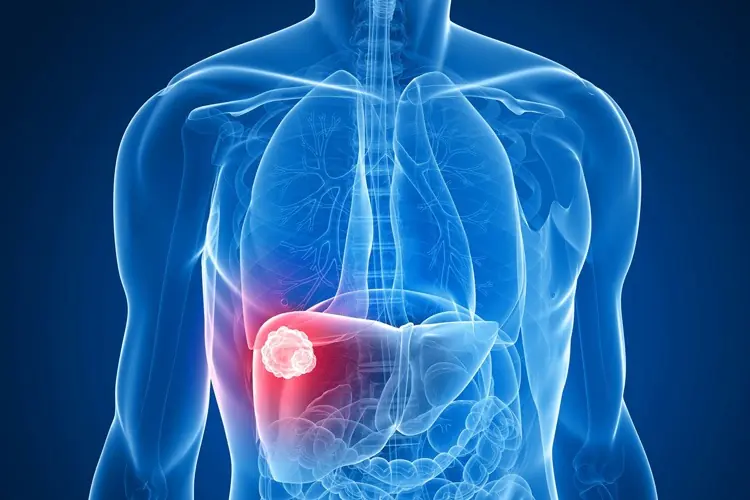
PANCREATIC CANCER NEEDS CATCHING EARLY. THE SIGNS AND SYMPTOMS TO LOOK OUT FOR
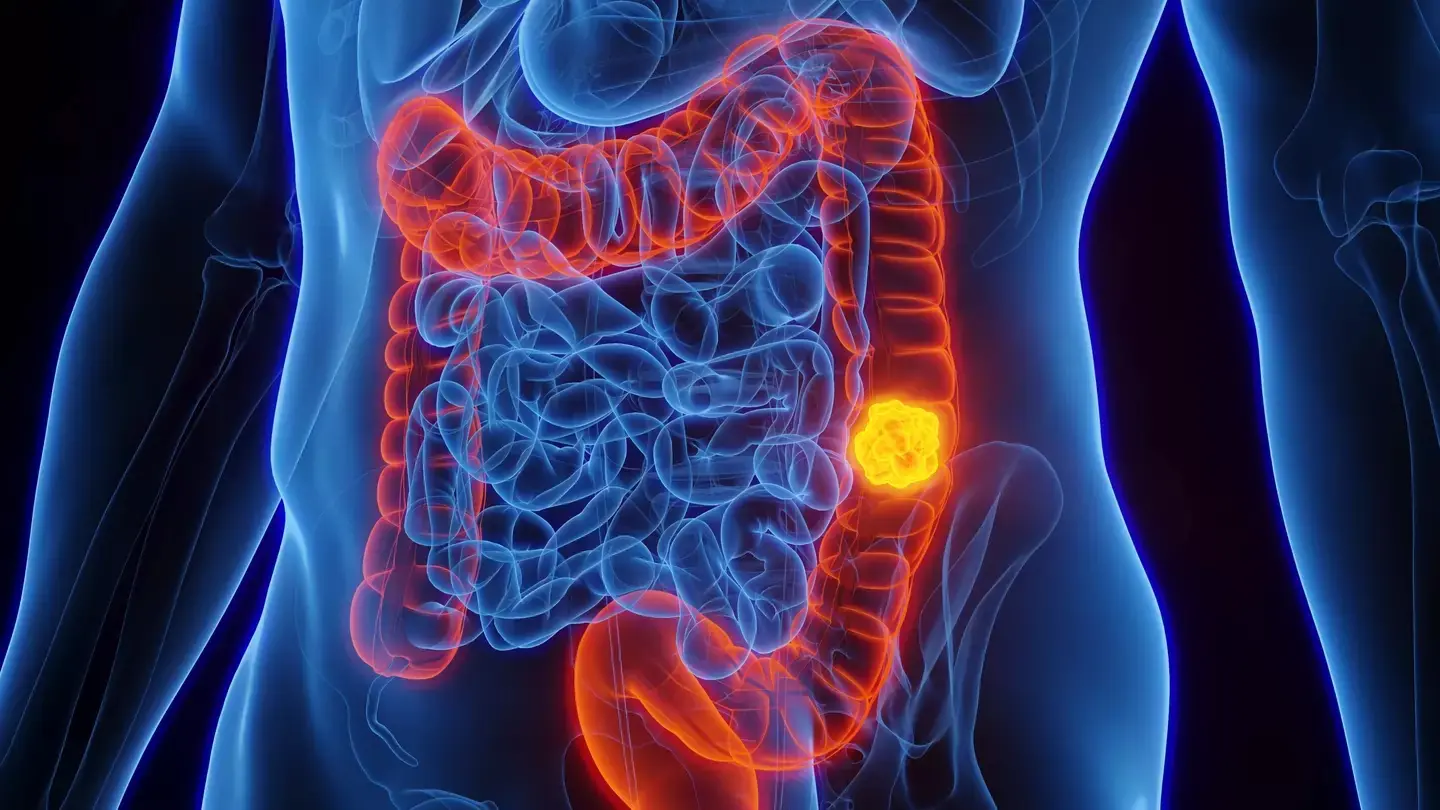
Woman diagnosed with stage four colon cancer warns people about 5 symptoms she ignored
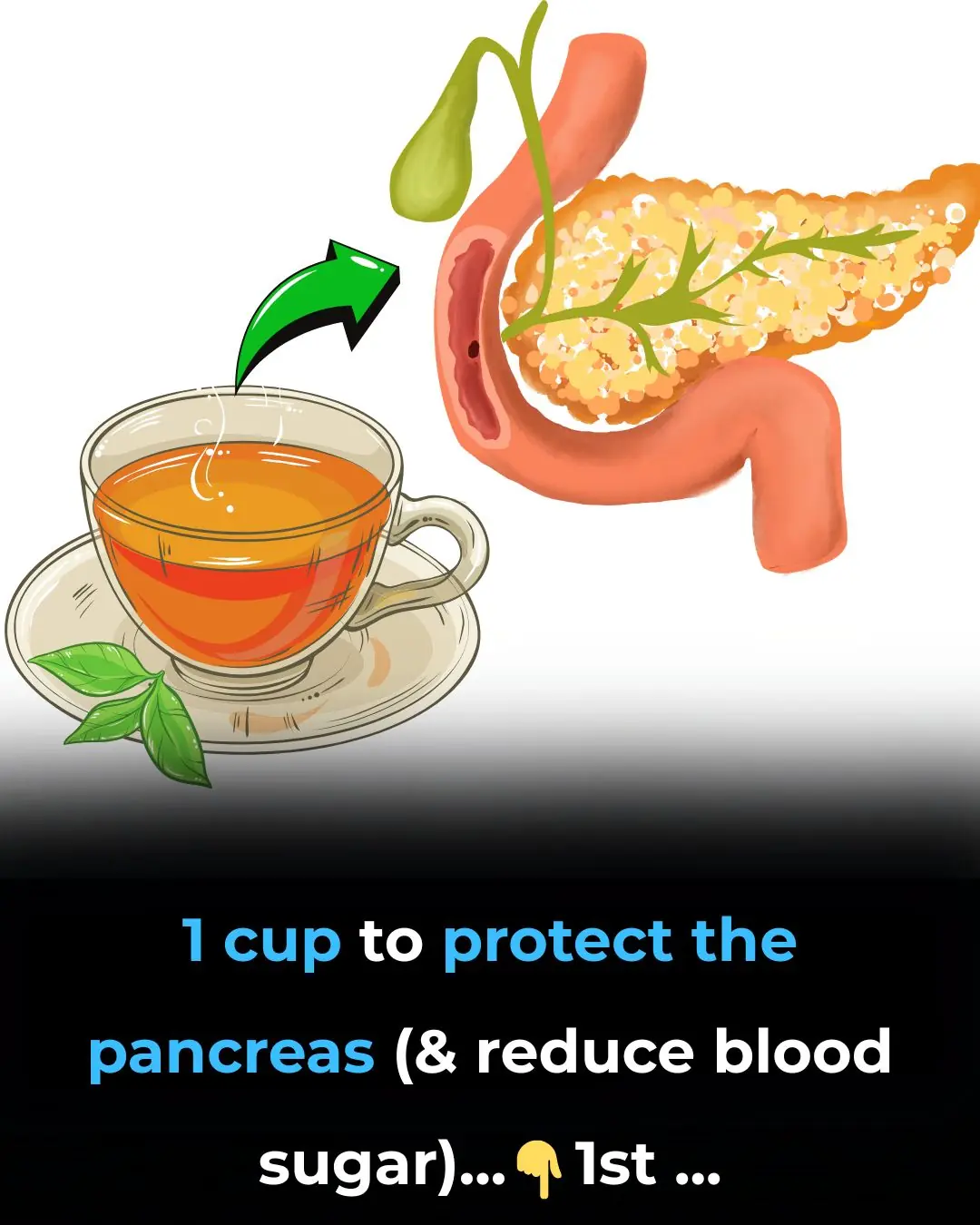
1 cup to protect the pancreas (and reduce blood sugar)
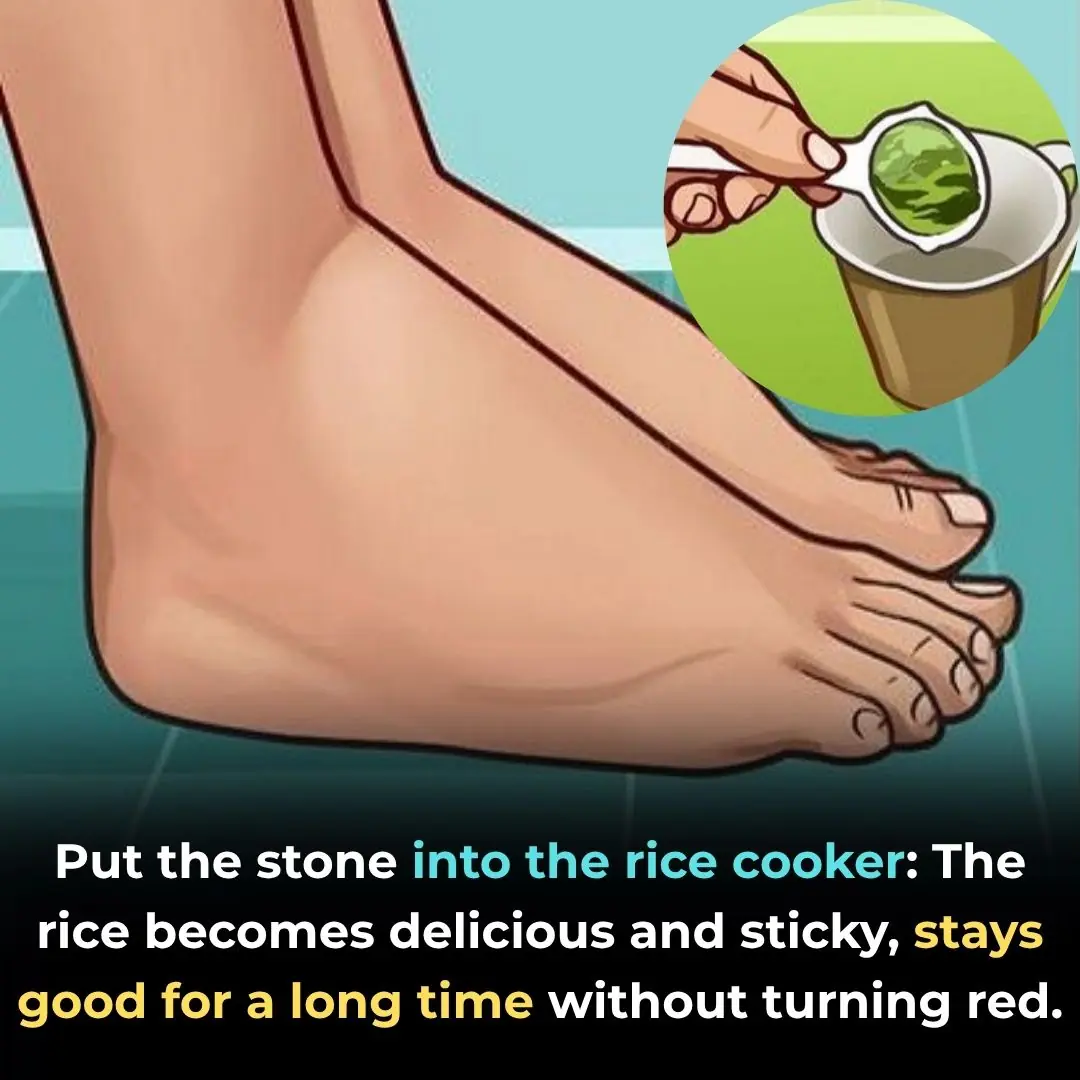
Eliminate Excess Water and Prevent Hand and Foot Swelling with These Effective Recipes
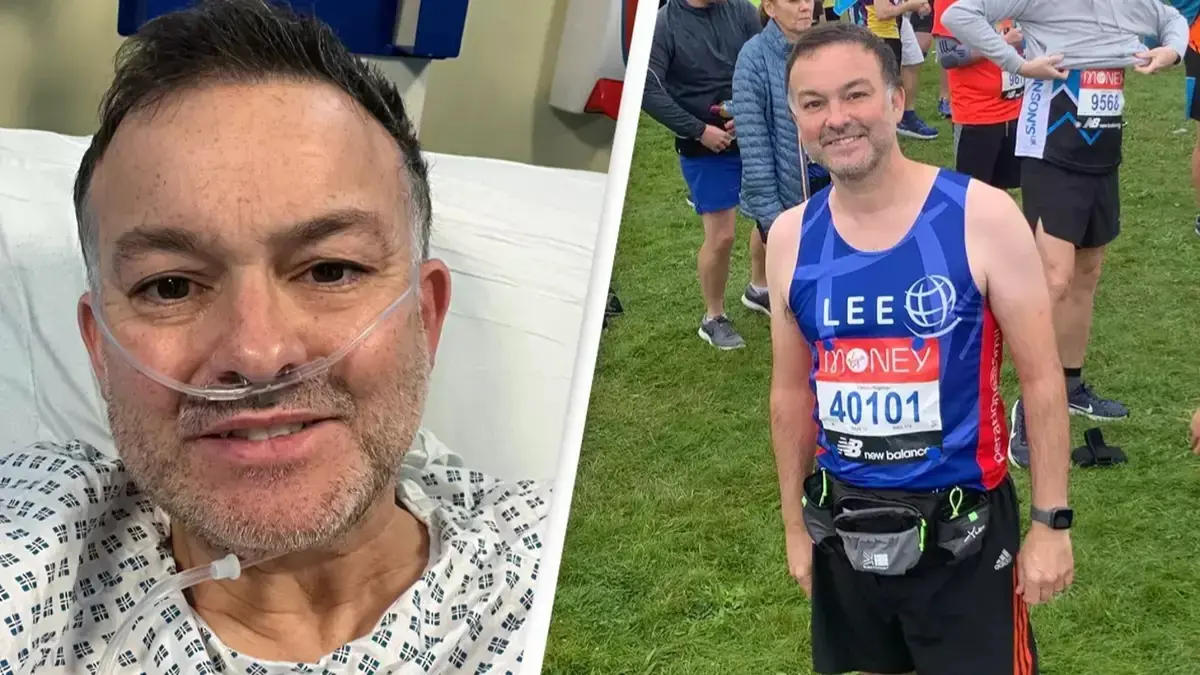
MARATHON RUNNER DIAGNOSED WITH TERMINAL CANCER URGES PEOPLE NOT TO DISMISS SMALL SYMPTOM HE EXPERIENCED
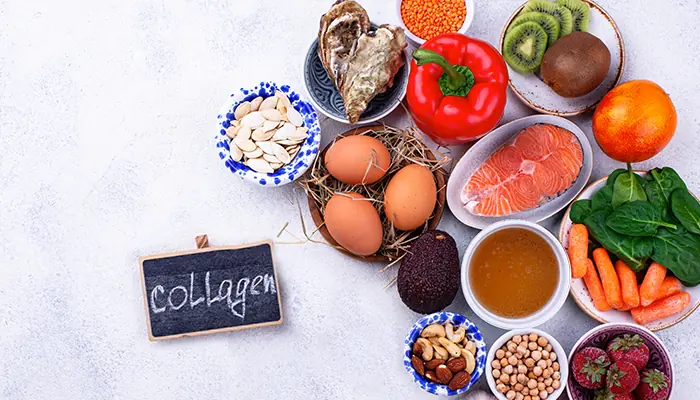
4 Powerful Foods That Naturally Boost Collagen and Repair Your Body from Within

Ugh, these so annoying
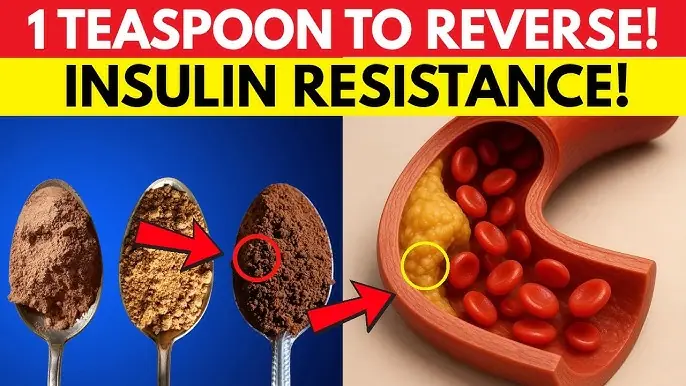
1 Teaspoon in Your Morning Coffee Could Stop Insulin Resistance Within Minutes

7 silent signs your heart could be in trouble – don’t ignore these!

Thyme Essential Oil Shows Promise in Killing Lung, Oral, and Ovarian Cancer Cells
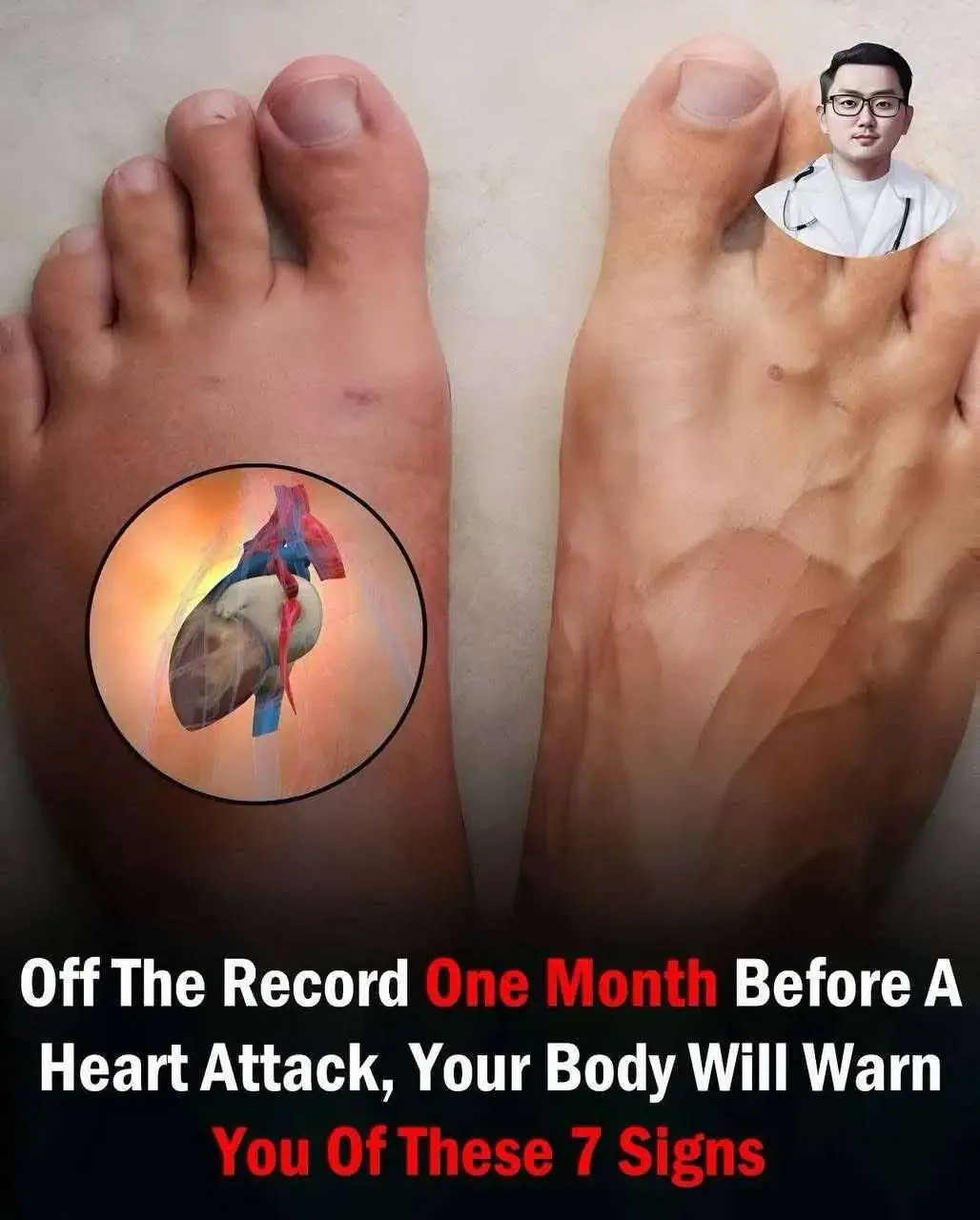
7 Warning Signs of a Heart Attack You Should Never Ignore
News Post

Rock Star’s Family Devastated As Common Symptom Leads To ER Visit And Aggressive Cancer Diagnosis

Tammy Slaton Shocks Fans With Stunning Weight Loss Photos—Inside Her Transformation

Doctors Feared Baby Had a Mouth Tumor—But the Real Cause Left Everyone Stunned

31-Year-Old Father Warns Others After Subtle Symptoms Lead to Colon Cancer Diagnosis

35-Year-Old Man Dubbed the “Modern Dorian Gray” Reveals His Unusual Secrets for Staying Youthful

7-Eleven Manager Allegedly Suffocates Employee During Shift—Victim Dies Days Later

Take This Before Bed — and Wake Up Transformed

The Ultimate Healing Tonic: A Powerful Natural Drink for Swollen Feet, Diabetes & Poor Circulation

Stop This Dangerous Habit Before Your Phone Explodes!

Women Who Age Quickly & Have Shorter Lifespans Often Do These 4 Things at Night — How Many Are You Guilty Of?
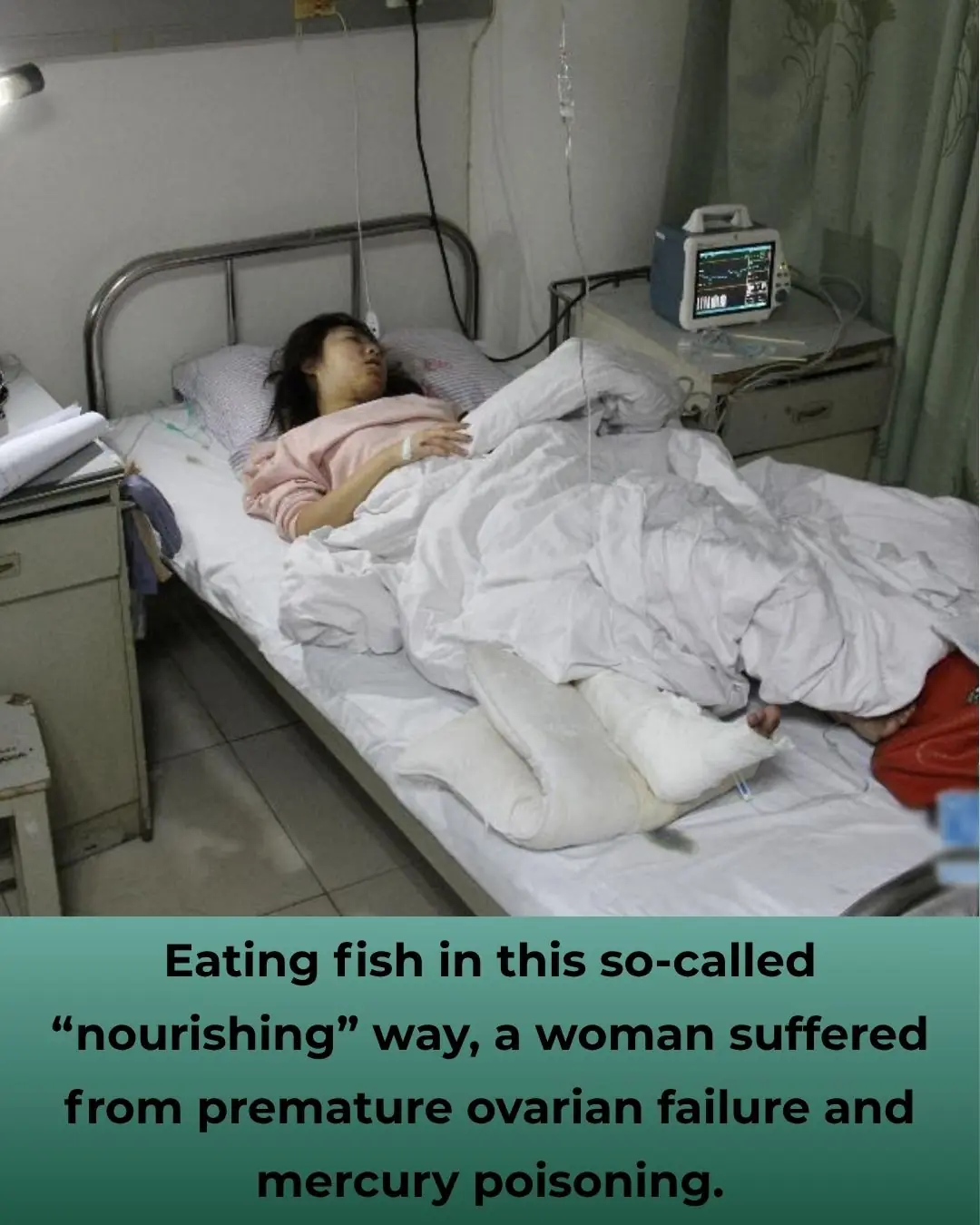
Eating Fish “for Ultimate Strength” — 30-Year-Old Woman Diagnosed with Premature Ovarian Failure, Body Full of Mercury

42-Year-Old Man Dies of Stroke Despite No Smoking or Alcohol — Doctor Warns: “How Dare You Eat This Every Day!”

“Doctor warns: 3 beauty habits you might think are harmless — but that could speed up cancer development!”

Boil Perilla Leaves with a Few Stalks of Lemongrass — Your Body Gets These 7 Excellent Benefits

Everyone Fears Diabetes — But Diabetes “Fears” These 5 Foods the Most

Objects That May Be Harming Your Health Without You Noticing

Drinking Plantain Leaf Tea: 5 Powerful Health Benefits for Your Body
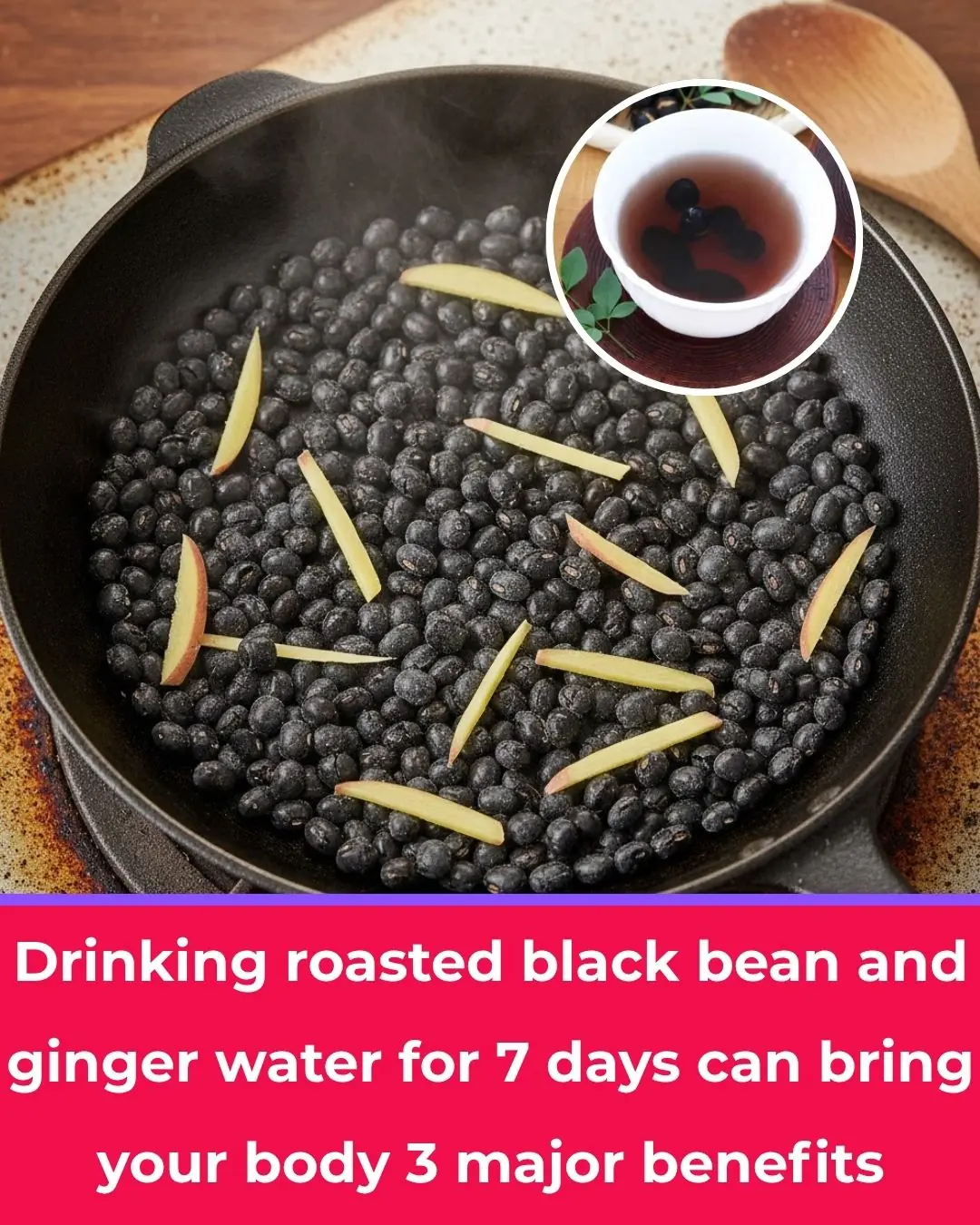
Drink Roasted Black Bean and Ginger Tea for 7 Days — Your Body Will Thank You with 3 Amazing Benefits
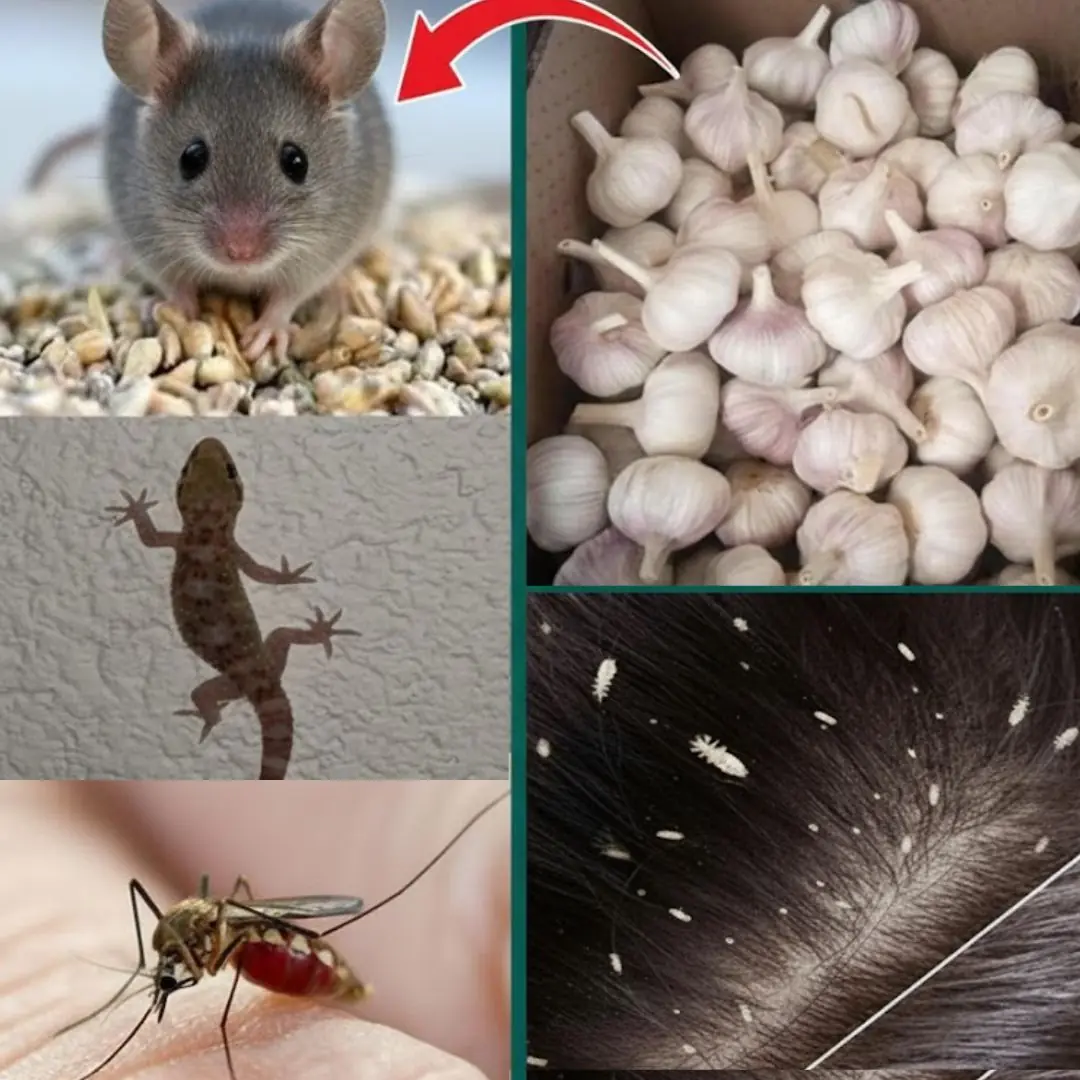
Garlic: The Natural Weapon Against Pests You Probably Forgot About
